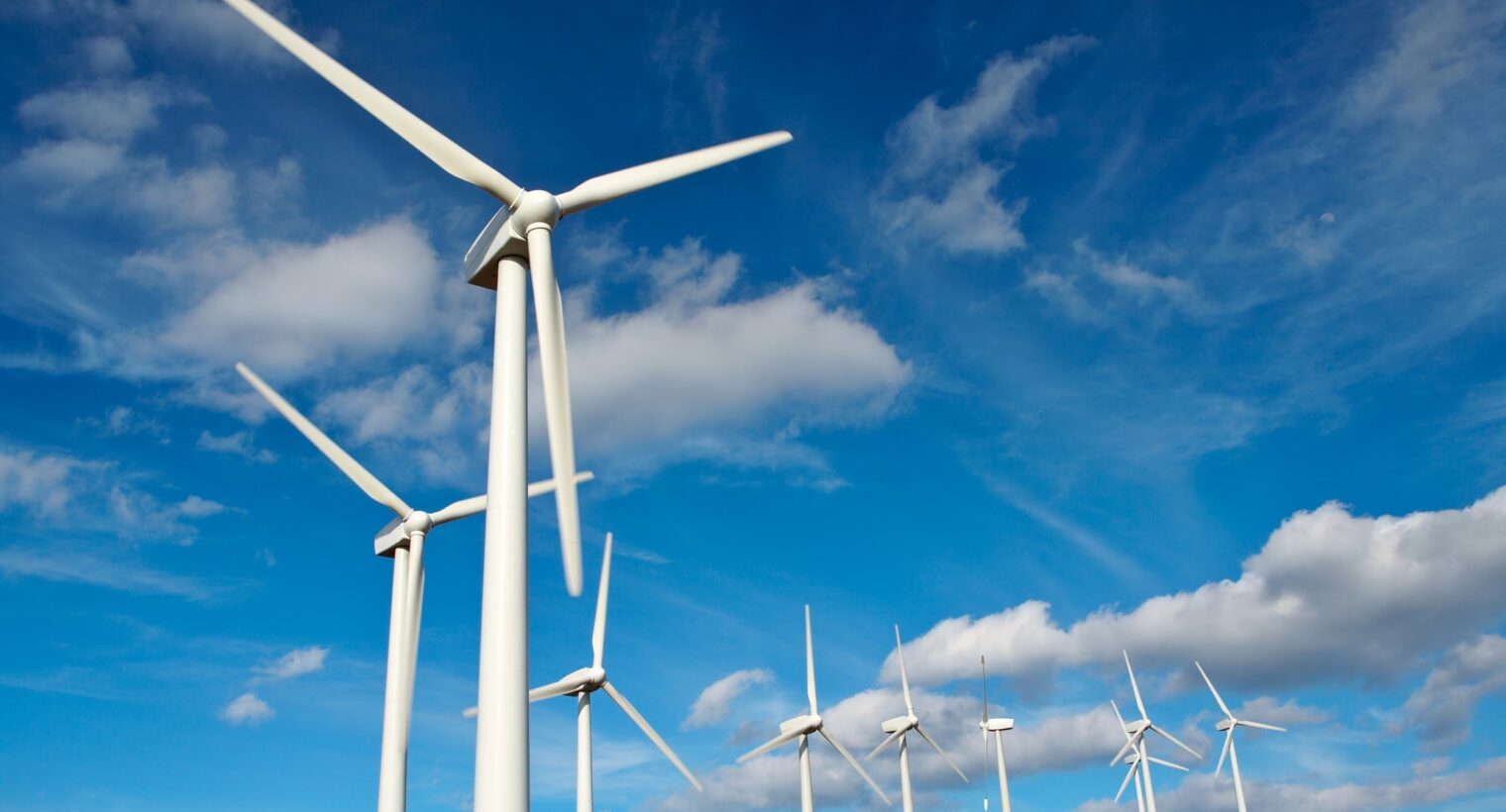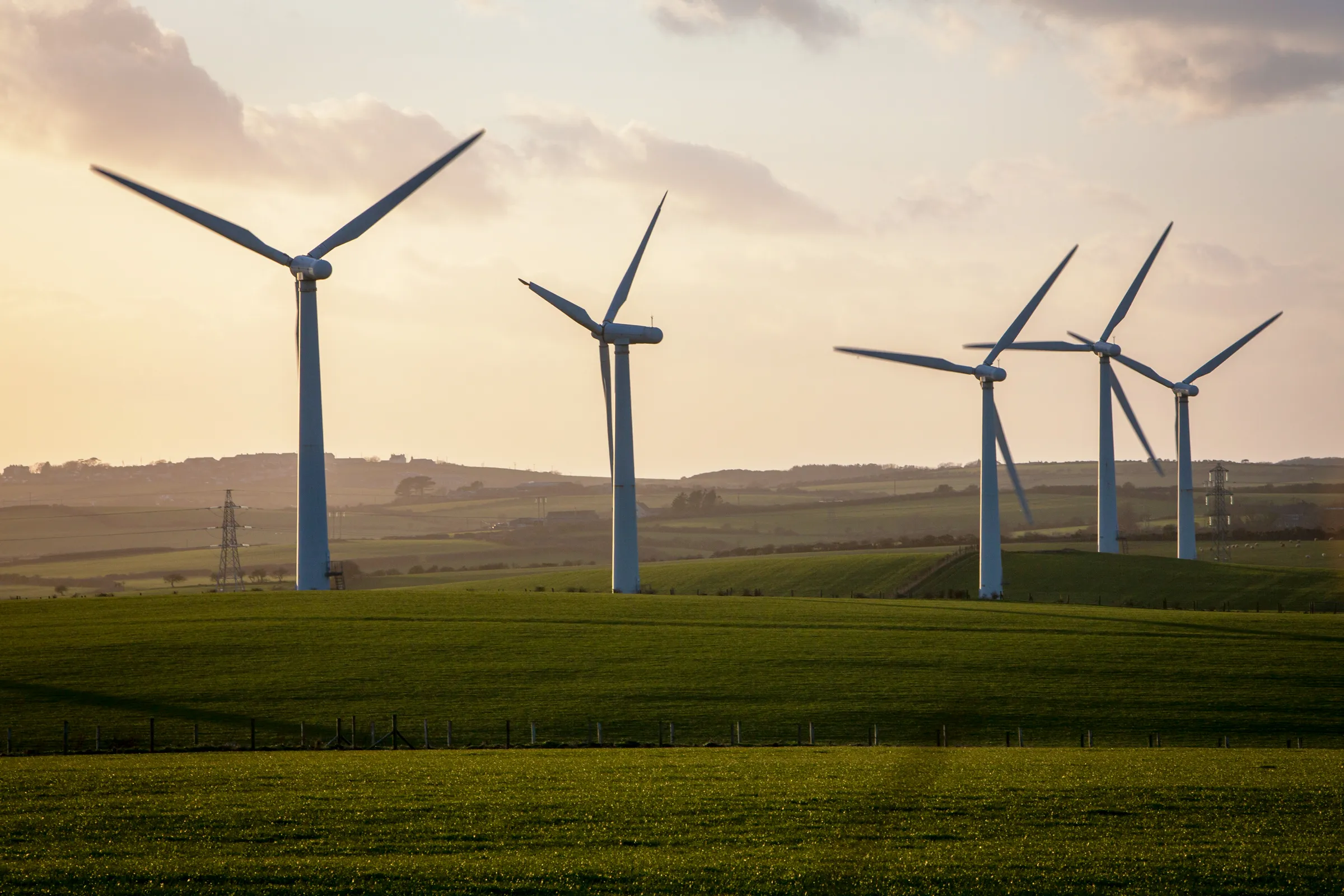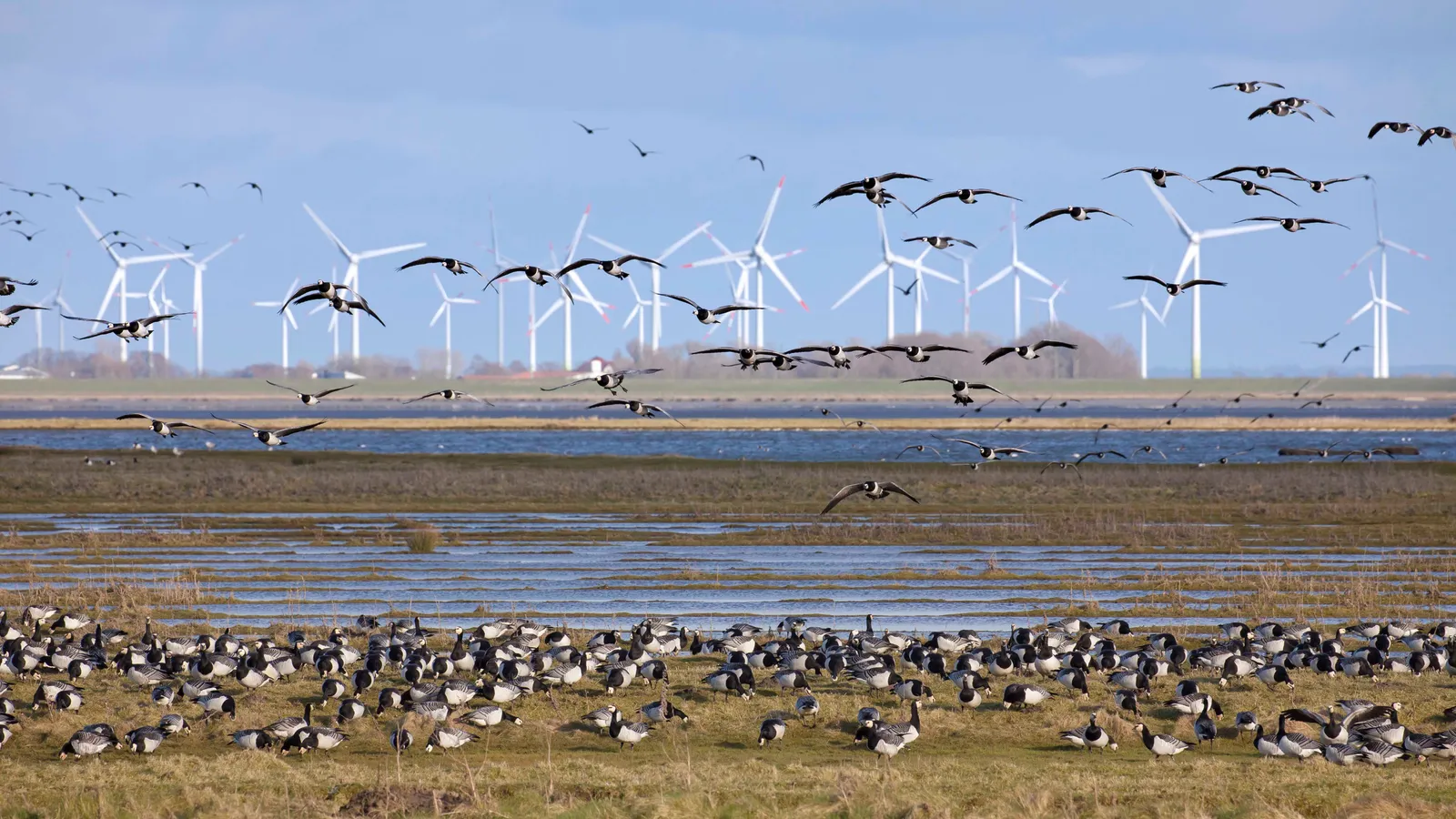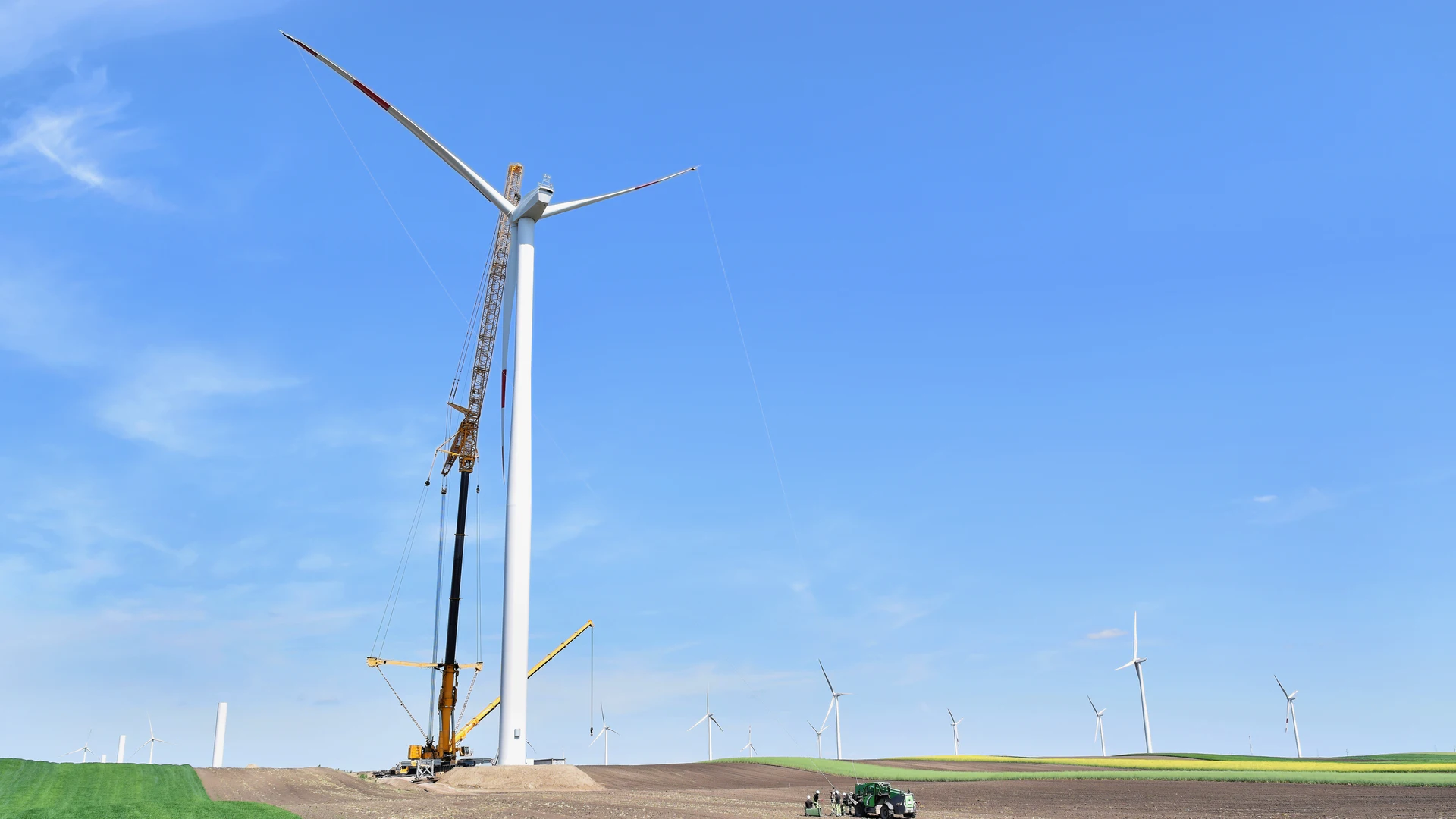So what exactly are the pros and cons of wind energy 2024? As we delve deeper into the era of renewable energy, wind power continues to emerge as a key player. Once primarily associated with large turbines dotting rural landscapes, wind energy, much like solar power, is rapidly evolving. It’s becoming an increasingly viable option for powering businesses and homes alike.
The push towards wind energy gained significant momentum following the Biden administration’s historic March 2021 announcement. The first national goal for offshore wind was set, targeting an ambitious 30 gigawatts (GW) by 2030. This move positions wind power to account for nearly 20% of all U.S. energy costs, highlighting its growing significance in our energy mix.
In this article, we are going to break down wind power pros and cons to help you find the best path for investment in your home or small business.
Here at The Energy Professor, we want to give you the information you need to not only save money on your energy bill but to also become more energy efficient. We hope find this post helpful! It makes it easier for you to know more about wind power’s pros and cons. Be sure to also check out our one-of-a-kind energy savings calculator!
The Energy Professor Electricity Rate Check Tool
What are Wind Power’s Pros and Cons?
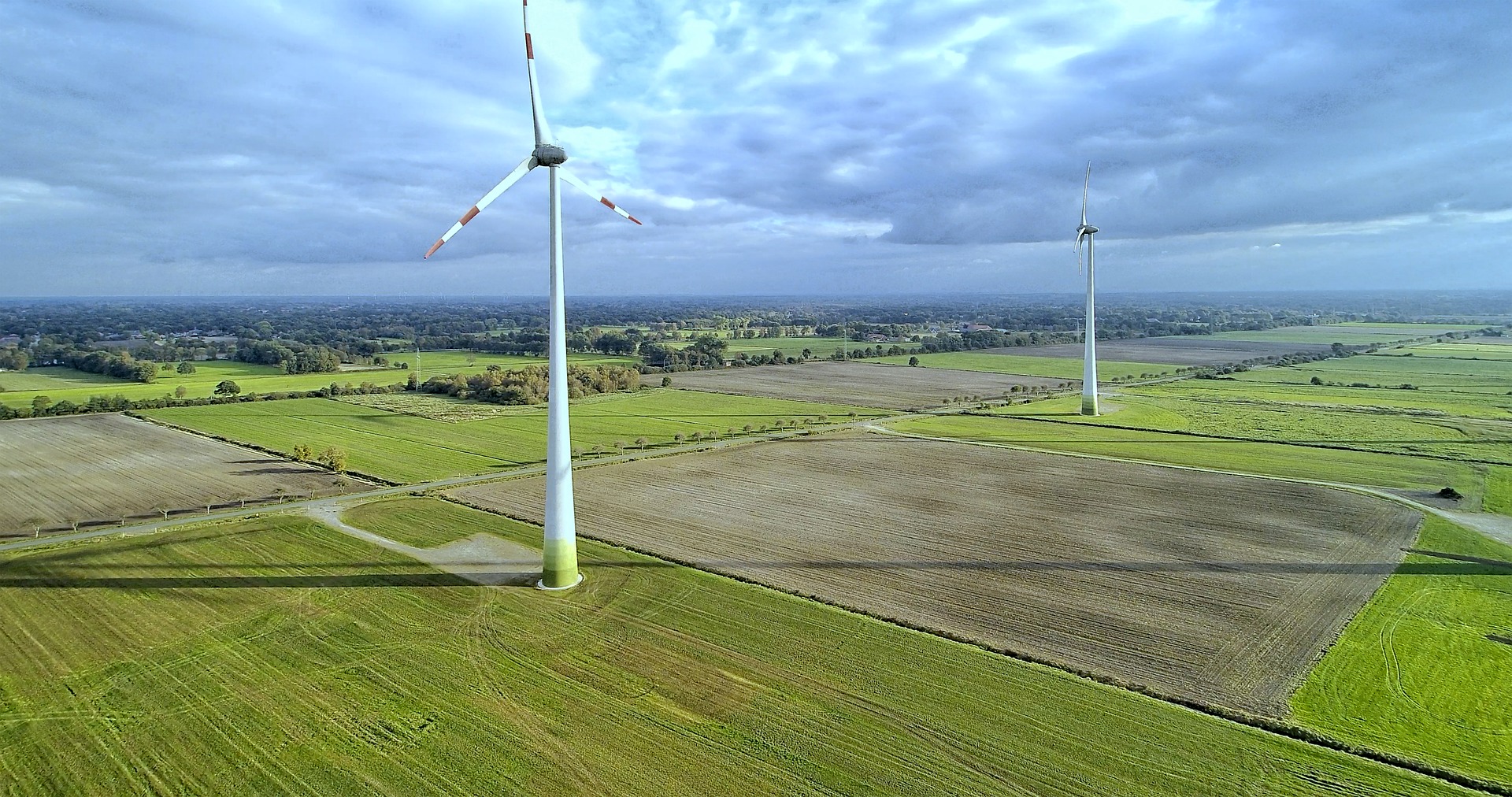
Are you contemplating a wind turbine for your home or small business? Or perhaps you’re eager to invest in what’s rapidly becoming the most dynamic sector of renewable energy? If so, you’re in the right place. This article is tailored to provide you with a comprehensive understanding of wind energy’s pros and cons, along with tangible statistics demonstrating its potential to reduce your energy bills.
Wind energy isn’t just a concept; it’s a booming industry. With over 200,000 wind turbines spinning globally, its accessibility is increasing day by day. The time to get involved in wind energy is now – whether as a user or an investor. Let’s explore the advantages and challenges of wind power.
What are the Pros and Cons of Wind Energy?
Pros:
- Clean Power Source: Wind energy is a stellar example of green power, significantly reducing carbon emissions.
- Low Operational Costs: Once installed, wind turbines incur minimal operating expenses.
- Declining Prices: Thanks to technological advancements, the cost of wind energy is consistently dropping.
- Technological Breakthroughs: Continuous innovations are making wind turbines more efficient and reliable.
- Coexistence with Agriculture: Wind farms can operate alongside farmlands without disrupting agricultural activities.
Cons:
- Variable Wind Dependence: Wind energy efficiency is contingent on wind availability, which can be inconsistent.
- Wildlife Impact: There are concerns about the potential harm to birds and bats.
- High Initial Costs: The upfront investment for installing wind turbines can be substantial.
- Noise Concerns: Turbines may generate noise, which could be an issue for nearby residents.
- Geographic Limitations: The effectiveness of wind energy can vary significantly based on location.
The balance of pros and cons in wind energy is nuanced and multifaceted. Whether your interest lies in harnessing its benefits for personal use or investing in this growing field, understanding these aspects is crucial. In the following sections, we rank these wind power pros and cons, from the most to the least impactful, based on our analysis and industry insights.
Stay tuned as we delve deeper into the intricacies of wind energy, providing you with the knowledge you need to make informed decisions. Let’s embark on this journey into the world of wind power!
Related Post: Complete Guide to Solar Power
What are 5 Pros of Wind Energy 2024?
#1 – Clean Source of Power
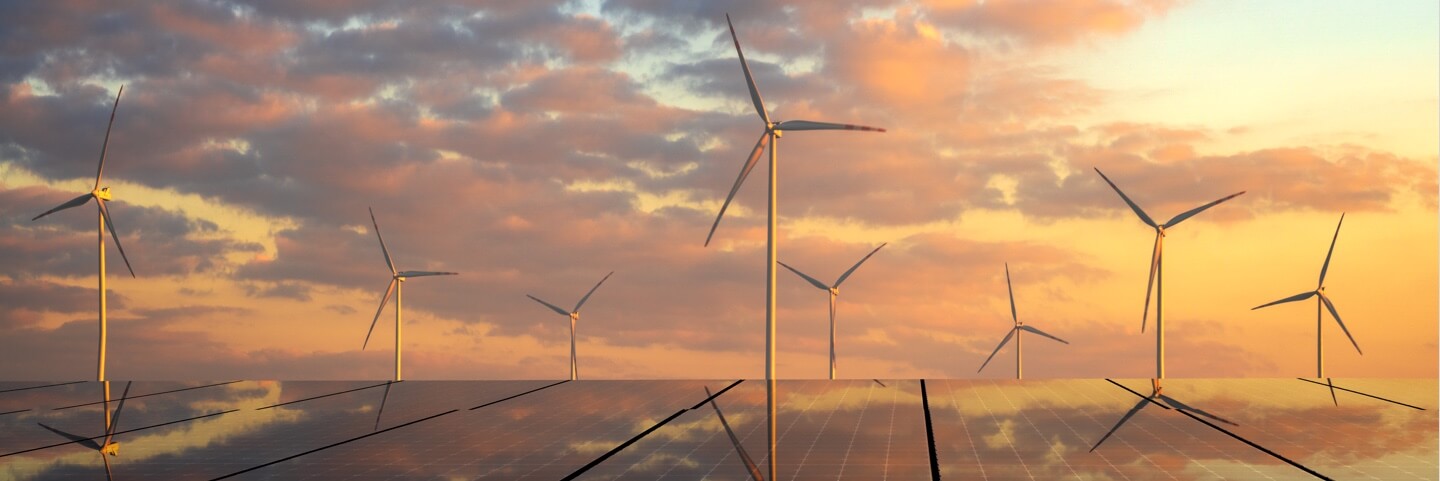
You may have heard the terms “clean energy” and “fossil fuels” thrown around a lot in recent years. And for good reason too! Right now, the United States currently relies on 19.89 billion barrels a day. Wind energy would limit, or more so eliminate our need to rely on fossil fuels. Making it a clean energy source similar to solar panels you’d find on roofs of homes while also saving you money on your electricity bill. Or in vast open land spaces with bountiful sunlight. But what is the difference between clean energy and fossil fuels that makes the pros of wind turbines so great?
Difference Between Clean Energy and Fossil Fuels 2024
- Clean Energy: A source of energy that is derived from methods other than burning fossil fuels.
- Fossil Fuels: Coal or oil that is burned to create energy that we use daily.
Wind energy is a clean source of energy. Similar to solar but better! The energy created by wind doesn’t pollute the air by burning things such as oil or coal. Wind energy lessens our reliance on fossil fuels no matter what you look at it. When weighing the pros and cons of wind energy, you can’t overlook how important that is.
Related Post: Complete Guide to Solar Pros and Cons
#2 – Low Operating Costs – Most Attractive Pro of Wind Energy
When talking about the pros of wind energy, we have to talk about the price of wind turbines. Upfront costs usually deter home and business owners away. To install a single wind turbine, it typically will cost around 2-4 million dollars. As you can see in the photo above, there is usually more than one turbine on a wind farm. It’s the annual cost of operations and maintenance that’s what makes these marvels of technology so attractive. Compared to other sources of clean energy, wind turbine costs average around $46,000 a year. Which in energy costs, is a steal for how much energy turbines produce.
How Much is it to Instal a Wind Turbine?
- Installation costs for a single turbine cost around $1,300,000 per megawatt.
A typical wind turbine will run 2-3 megawatts per hour. Therefore, a turbine can cost around 2-4 million dollars to install. So with such a large upfront cost, what is the timeline for the economic payback? Or, when can investors start seeing a return on such a large investment? This is why cost is such a pro for wind energy, the return on investment is only 6 months to 1 year!
Related Post: How Does Geothermal Energy Work?
#3 – Prices are Decreasing
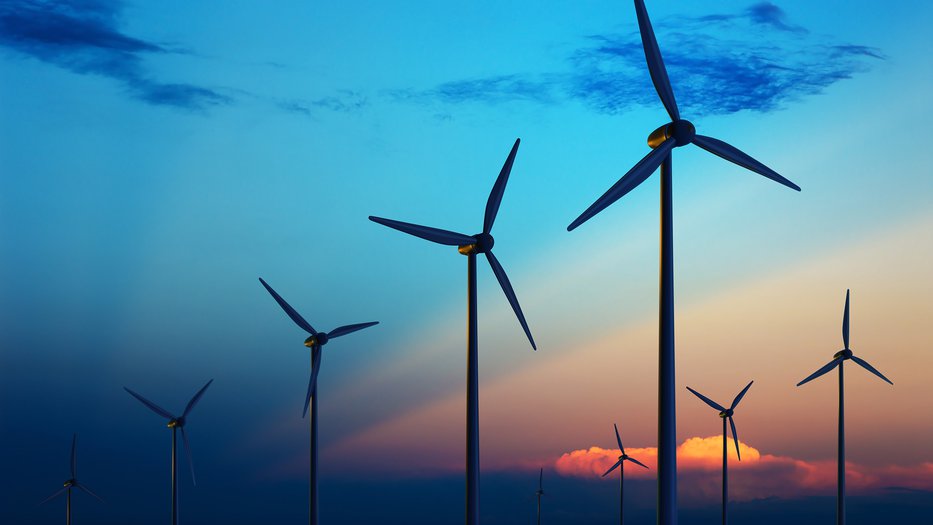
Technically, these wind power pros have been true for quite some time. Did you know wind power has been in use since around 500 BC? Although its popularity by today’s standards didn’t happen until 1980. The first wind farm was built in Southern New Hampshire consisting of about 20 turbines at 30 kilowatts each. As is with many pros about wind energy, the cost of wind power because of technological advances to turbines has decreased significantly since then. And just keeps getting less expensive as more advances are made.
How Much Does Wind Power Cost 2024?
- 3.5 cents per kilowatt hour
The cost of wind energy today runs around 3.5 cents per kilowatt hour. That’s down almost 96% from the cost in 1980. When the first wind farm was established, the cost ran near 60 cents per kilowatt hour. This is one of the many reasons, but one of the main reasons, wind energy has received massive investments in recent years. Price is one of the most important things to consider with wind energy pros and cons as energy pricing is predicted to increase significantly.
Related Post: How to Calculate Electricity Cost
#4 – Advances in Technology – Pros to Wind Power
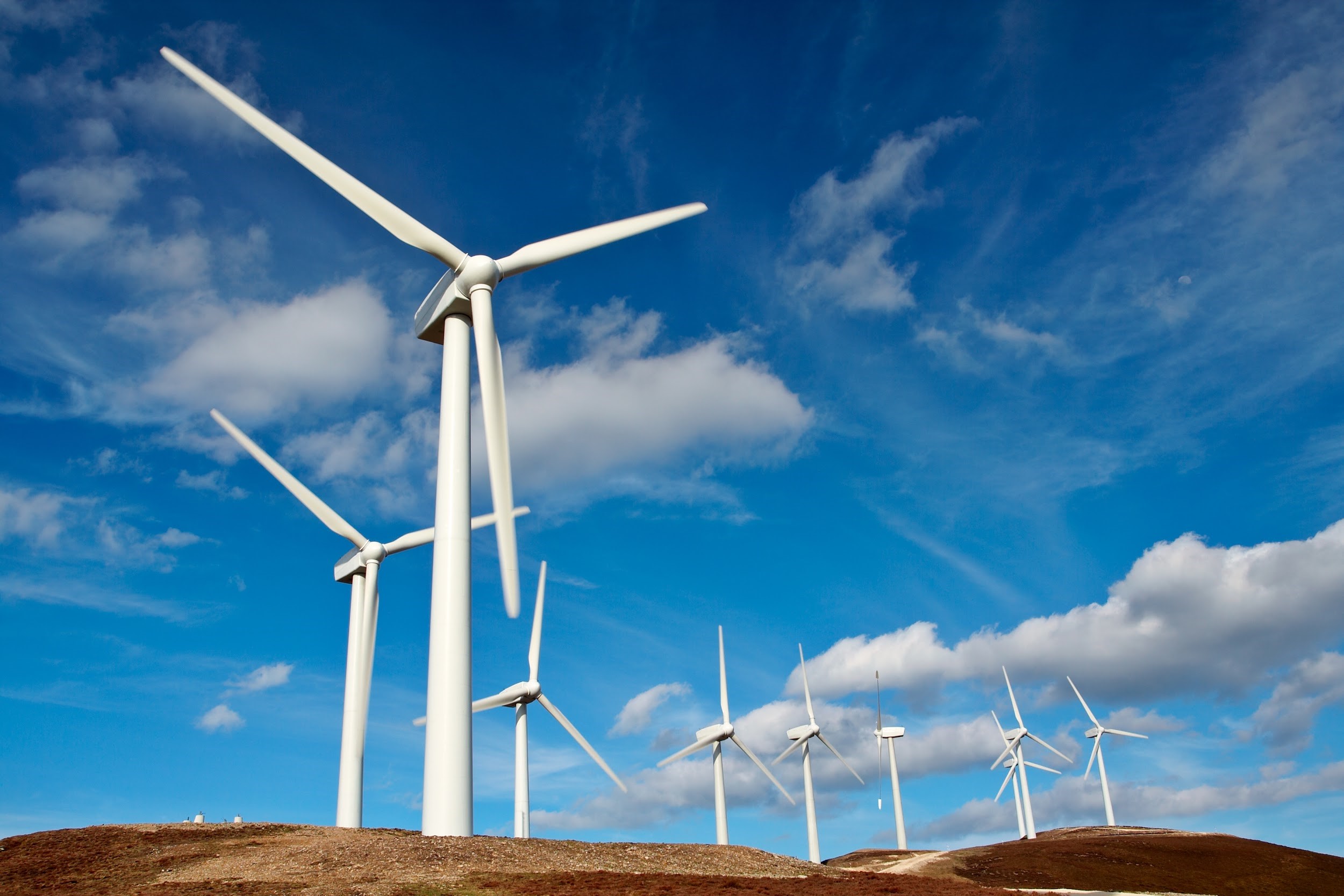
Wind energy is the fastest-growing division in energy production. The pros of wind power just keep going! Even throughout the global pandemic of 2020, wind farm developers increased wind capacity by 85% in 2019! Many things have changed with wind power pros in the production, use, and deconstruction of wind turbines in the last decade. However, the latest advances in wind technology have transformed wind turbines into the most efficient harvesters of clean energy.
What are Recent Advancements in Wind Farming Technology 2024?
- Taller Towers
- Increased Energy Production
- Bigger Blades
- On Site Assembly
- On-Site Construction
- Turbine Recycling Improvements
The one expansion of technology we want to talk about is the turbine recycling improvements. As you can tell, there are some great pros to wind energy. But one of the largest cons of wind power has been their lack of recyclable material makeup. It’s estimated that the waste of turbine blades could reach 43.4 metric tons by 2050. Because of the large amount of waste, there has been a recent surge of time and research spent on how to better dispose of blades no longer in service. In 2020, GE Renewable Energy stated its new mission to dispose of decommissioned turbine blades. Blades will be shredded and used as a replacement for coal, sand, and clay at cement facilities across the United States.
Related Post: Learn How to Recycle Your Lightbulbs
#5 – Doesn’t Disrupt Farmland Operations
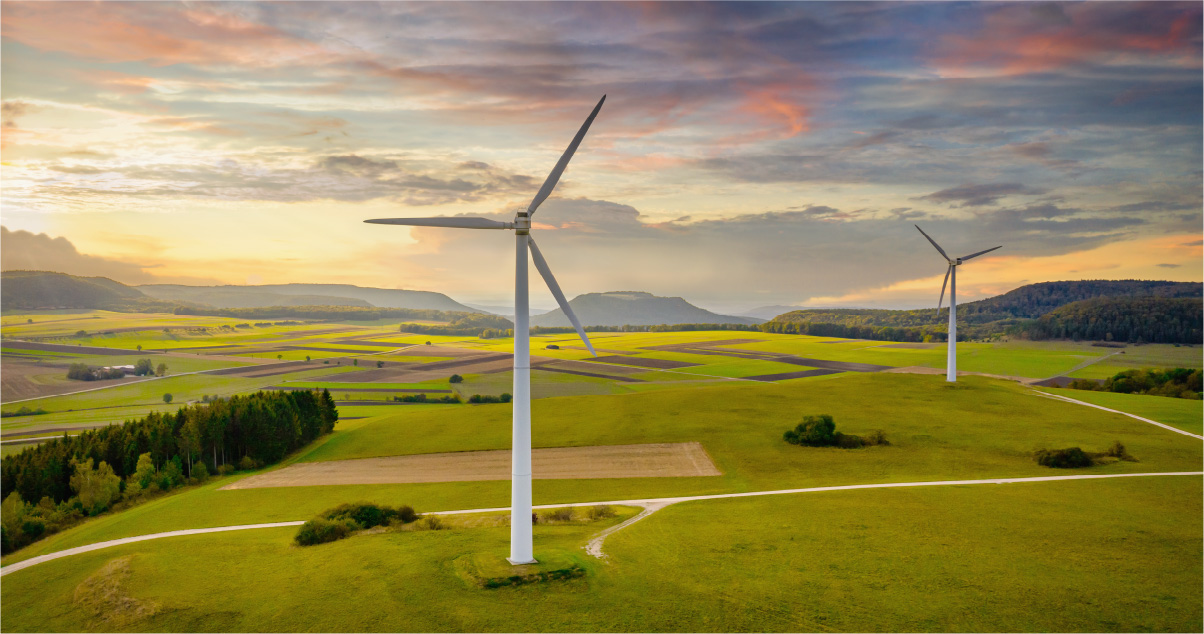
When you think of a wind farm, or a wind turbine in general, usually the site of an open field or farmland comes to mind. This is by no mistake. One of the major pros of wind energy is that one single wind turbine needs only 80 acres of land. And while that is a lot for one turbine. Most of that space is to allow agricultural farming to continue between turbines.
Do Wind Farms Take Up a Lot of Land?
- In terms of acreage, no! But the amount of land needed to have a farm is quite vast. While the current guidelines require wind turbines almost 360 times more land than a nuclear facility, those guidelines are rapidly changing. The cost of land and associated infrastructure is causing farming corporations to place turbines closer together.
This pro of wind power is not only good for farming but also for farmers! Major wind farming companies such as NextEra and Invenergy lease farmland from farmers and pay them a monthly land rent. This supplies farmers with extra income and can be great if weather conditions aren’t favorable that year for crops!
Related Post: How Much Energy Can You Save by Lowering Your Thermostat?
What are the Cons of Wind Power?
#1 – Wind Reliability
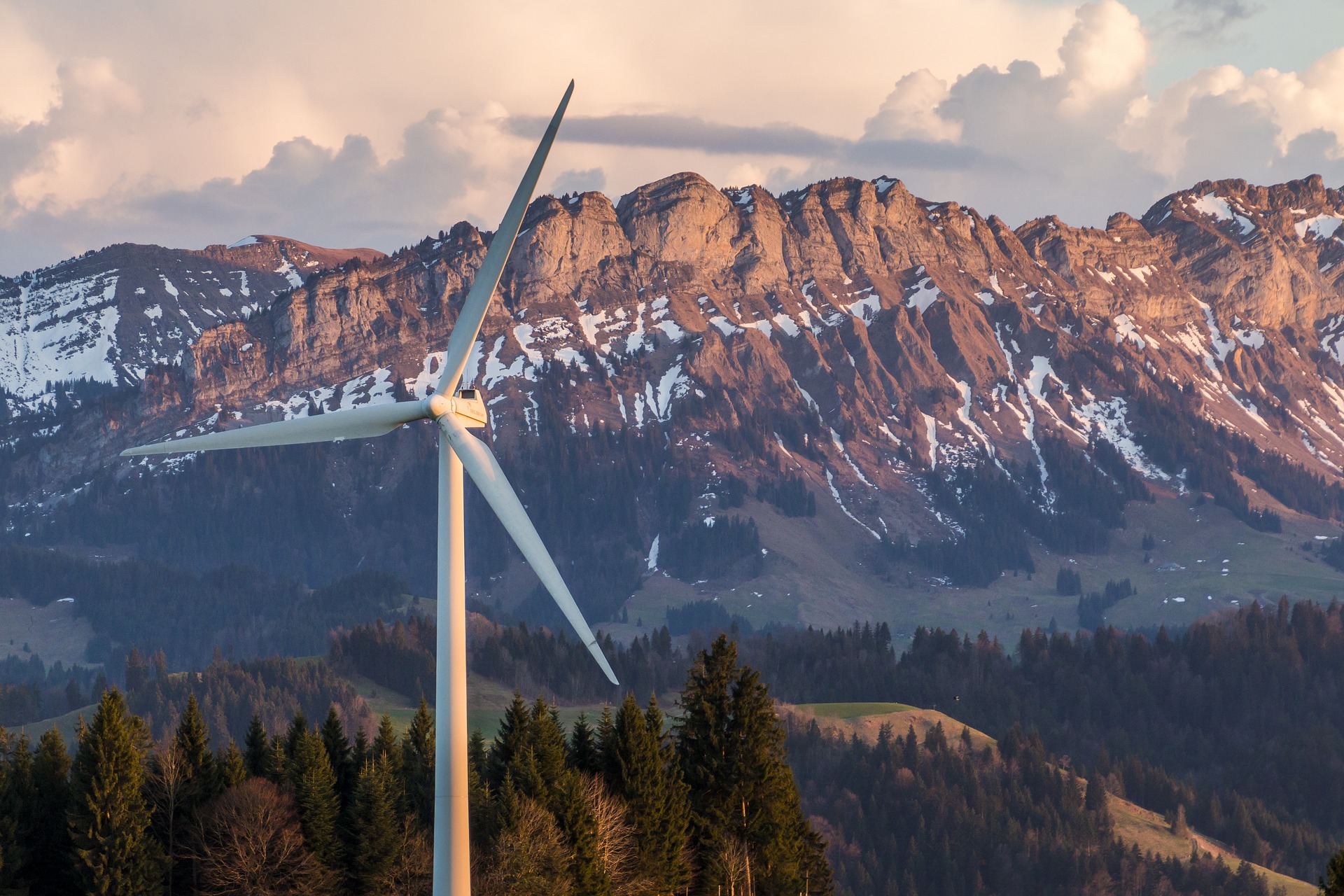
If there is one constant thing about wind, is that it doesn’t blow reliably. This is a major con for wind power because turbines usually function at about 30% capacity overall. In any situation where the weather will not support the turbine, you could be left with a turbine not producing power. Serious storms and high winds can also harm your wind turbine. One of the most frequent weather events that cause harm to turbines is lightning strikes.
How Much Wind is Needed for a Residential Wind Turbine?
- A connectional 1.5 KW turbine is the average kWh per month for a home in 14 mph winds. This wind speed is the average wind speed needed based on the wind in your location. If where you live has a lower average wind speed, wind power may not be best for your home.
While this wind power con is a large one, it is one of the most helpful on this list. With this information, you can quickly determine if wind power is the right fit for you. Wind power is all about location and accessibility to consistent wind.
Related Post: A Complete Guide to Solar Leasing
#2 – Threat to Wildlife – Biggest Con of Wind Energy
Unfortunately, the threat to wildlife due to wind turbines is the saddest of the wind turbine cons. Especially when it comes to birds. The most dangerous part of the turbine is the blade. The edges of wind turbine blades can be extremely sharp and unsafe for wildlife in the area. While the mortality rate of wildlife varies from state to state. The highest numbers can be found in places like California and Wyoming. The pros and cons of wind energy and their give and take and unfortunately, there isn’t a way to prevent this. But this con may be something to consider if you’re investing in wind power for your home or small business.
Related Post: What is the Cost of Electricity by State?
#3 – Expensive Installation
Setting up and installing a wind turbine is one of the most popular cons of wind power. And quite often, one of the most politically debated topics. The installation of wind turbines is a hefty investment. Both commercially and individually for homes or small businesses. Wind systems frequently consist of transporting large and heavy equipment. Sometimes it causes a large temporary disturbance in the area near the turbine installation site.
How are Wind Turbines Installed?
- Wind turbines are typically installed by cranes. The masts are erected using a crane, either as a single unit, or in multiple parts. Once in place, the top piece containing the generator is hoisted on top of the mast, and secured in place. Finally, the turbine blades themselves are lifted and attached to the generator.
Erosion is another potential environmental problem that can stem from construction projects. Wind turbines and other supplies needed to make wind energy could be extremely costly in advance, and depending on where you live, it might be hard to find someone to sell them to you and somebody who can maintain them over time. As we mentioned above, cost is one of the most important things to take into consideration when thinking about wind pros and cons.
Related Post: What is the Average Monthly Gas Bill in the US?
#4 – Noise Pollution – Pros and Cons of Wind Power
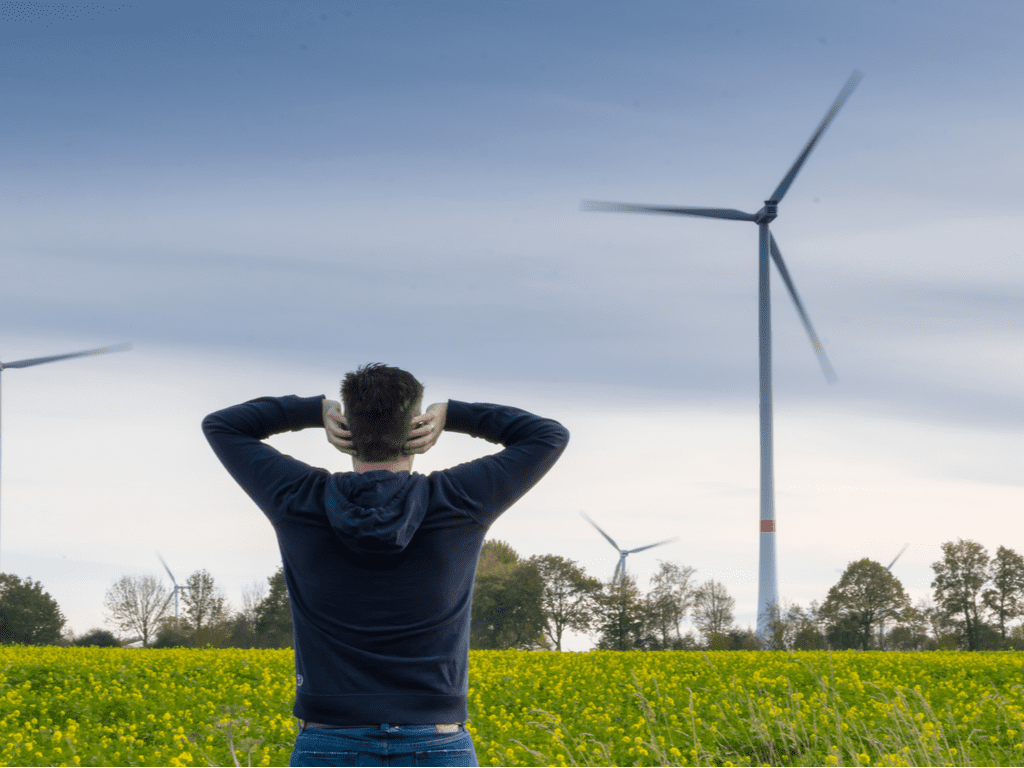
Wind turbines can be quite noisy, making this one of the more public wind power cons. This is why most wind turbines and wind farms are found in more rural areas away from residential areas. This is why the most popular place to have wind farms and there has been a shift of focus to offshore development by the US government. In these locations, noise pollution isn’t a major cons to wind power. With advancements in technology, newer designs have been shown to reduce noise complaints and have a much quieter presence than older designs.
How Loud are Wind Turbines?
- 50 – 60 decibels
To put this noise level about something you’d hear in your everyday life. 50 – 60 decibels is equivalent to a quiet conversation or a quiet refrigerator. But keep in mind this is not the same size as your refrigerator. Imagine a refrigerator the size of the Statue of liberty running. That’s the amount of noise pollution one turbine can emit.
Related Post: How to Understand Your Electric Bill
#5 – Location Specific – Cons of Wind Power 2024
Where a wind turbine or farm is located is one of the most important factors in making them run properly and create enough energy. Wind energy suffers from wind intermittency. This wind power con is a disruption of the turbine function caused by the inconsistency of the wind. Since wind blows at various speeds and can not be regulated, it is hard to predict the amount of energy a turbine can collect. This means suppliers and cities need to have an energy reserve or alternative sources of power in case the winds die down for longer lengths of time.
What is an Ideal Location For Wind Energy?
- Favorable sites include the tops of smooth, rounded hills; open plains and water; and mountain gaps that funnel and intensify wind. Wind resources are generally more favorable for electricity generation at higher elevations above the earth’s surface.
Wind energy can only be harnessed at certain locations where the speed of the wind is high. Usually, the average wind speed needed to create energy is 9 mph. Not being able to find a suitable place for your windmill might be a big obstacle when it comes to the pros and cons of wind energy.
Related Post: How to Choose Your Electricity Provider
Is Wind or Solar Better for My Home 2024?

There are a lot of things to consider when asking yourself is wind or solar better for my home? With the pros and cons of wind energy listed above, it might make your decision a little easier. But if you’re still unsure, let’s cover some of the comparisons of wind vs solar energy. There aren’t straight comparisons given the variables and circumstances that come with providing energy to your home or small business. So let’s go over the biggest question we receive, is wind or solar power cheaper?
Wind or Solar: Which is Cheaper in 2024?
- Wind Power: $15,000 – USD 75,000
- Solar Power: $3,500 – USD 35,000
- Is Wind or Solar Cheaper?: Overall, for now, solar power is still cheaper than wind power for use in your home or small business. This may change sooner than we think! As we said at the top of this article, wind power is gaining momentum on a global scale. And we think this could impact the way we use and view electricity in our day-to-day lives.
Again, many variables and circumstances may make your price more, or less expensive. The prices listed above are based on the average use by a home or small business. We also used the wind vs solar power prices for individual use. This use is calculated on an average cost per month. Similar to fossil fuel prices that you may currently receive at your home, can change monthly. This is based on things like weather, usage, or seasonal items you may use in or on your home.
Related Post: Pros and Cons of Solar Power
Pros and Cons of Wind Energy FAQ 2024
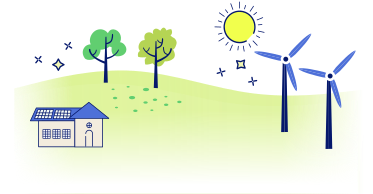
Q: Is Solar or Wind Power More Efficient?
A: Wind energy is more efficient than solar power. With an average of 60% harness power, wind energy is superior to solar power.
Does Wind or Solar Produce More Energy?
A: Wind power is an energy source to be reckoned with. Turbines can harness about 60% of the energy that passes through them via the wind. While solar power on average can only produce about a 20% efficiency rate.
Q: What is the Cleanest Form of Energy?
A: Wind is the cleanest form of energy. It’s also one of the most sustainable ways to produce electricity. There are no traces of toxic emissions that contribute to global warming.
Q: Is Wind the Fastest Growing Energy Source?
A: Yes! It is also one of the longest sources of energy production still in use today! The advancements in technology have rocketed wind power to become the fastest-growing energy source in the world.
No matter if you’re looking into renewable energy for your home or your small business, wind energy is a great source of renewable energy! But what exactly is wind energy? Wind energy is a form of energy that is created by wind turbines harnessing the power of wind and turning it into renewable electric and mechanical energy.
Like all forms of renewable energy, there is a best and worst type to use depending on where you live. That’s why we are going to go over the pros and cons of wind energy. Take solar energy for example, the top 5 states for the best solar energy use are some of the sunniest states in the US! Think Arizona, California, and Florida. The same goes for wind energy. While there are pros and cons of wind turbines, any flat land areas are going to be great for wind turbines. This way the turbines will have unobstructed wind to harness energy from.
Do you Need Cheaper Electricity?
If you’ve taken the time to understand the information on your bill and discovered you’re paying more than you’d like for your electricity, have you looked around for a cheaper deal? The Energy Professor has a wealth of information on ways to save on your utilities, including details of top deals that could significantly reduce your monthly or quarterly electricity bills.
We hope you found this article helpful! If you are looking for ways to increase energy efficiency and sustainability in your home be sure to take a look at all of the latest renewable energy options in your area. The Energy Professor helps residential and small business owners find qualified energy suppliers in New York, New Jersey, Pennsylvania, Texas, Ohio, Maryland, Illinois, and Massachusetts

